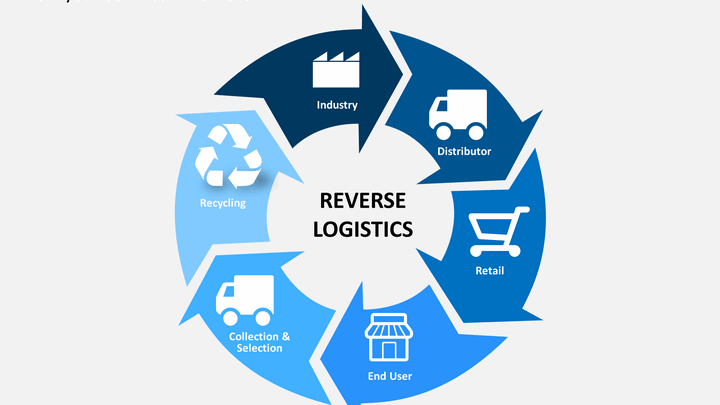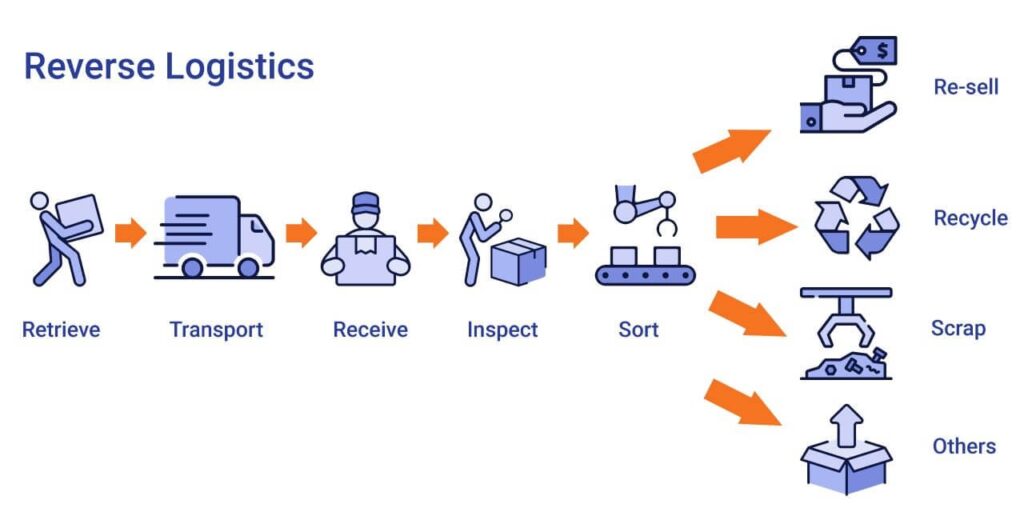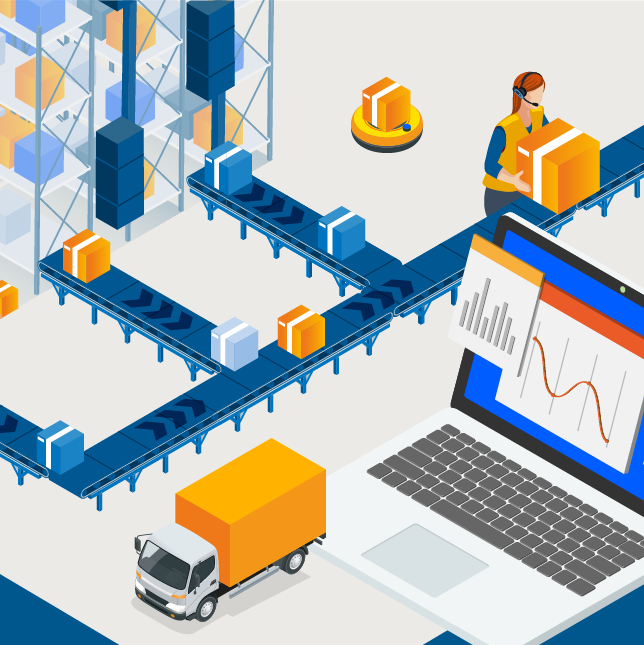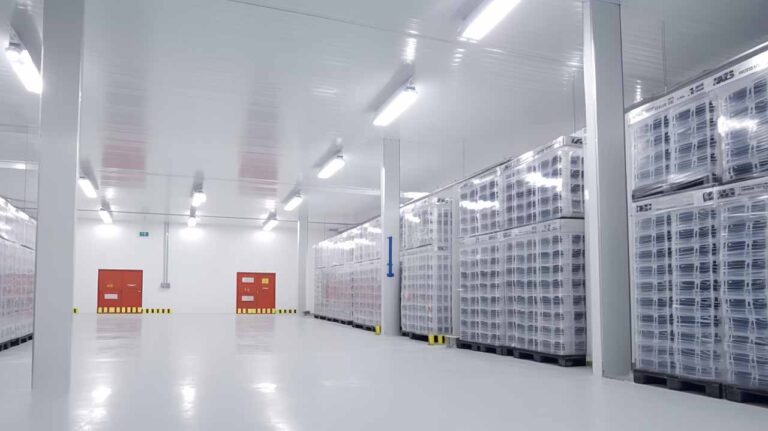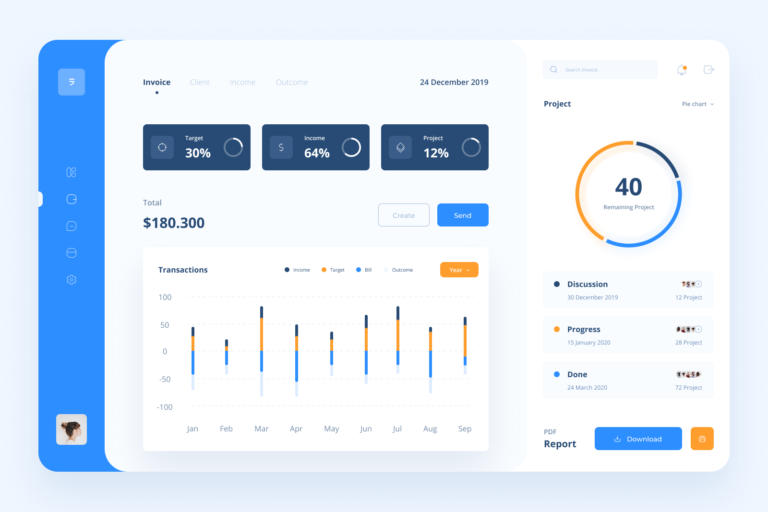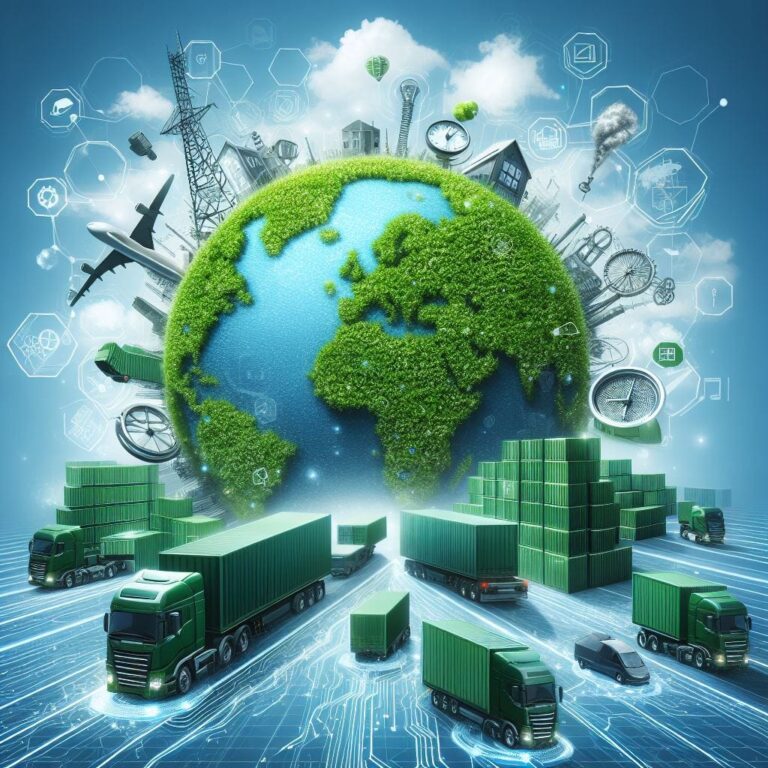Reverse Logistics: The Secret to Successful Business in 2024
- Why WMSOne Stands Out In Warehouse Management - December 30, 2024
- The Future of Warehouse Inventory Management in 2025 - December 9, 2024
- Cold Storage Warehouse: Keeping Food Fresh And Safe - October 3, 2024
When you buy something online, it’s exciting to unbox it and try it out. But what if it doesn’t fit, isn’t what you expected, or just doesn’t work? That’s where Reverse Logistics comes into play. It’s a fancy term for something we all do: returning products. But it’s so much more than just sending stuff back. It is the magic behind easy returns, recycling old gadgets, and keeping our planet a bit greener.
What is Reverse Logistics?
In simple terms, Reverse Logistics is all about moving products from the customer back to the seller or manufacturer. It could be for a return, an exchange, recycling, or even just getting rid of something safely. While traditional logistics is all about getting products to you, reverse logistics is about what happens when things go back.
Why is Reverse Logistics Important?
- Smooth Returns = Happy Customers: Ever returned something and had a bad experience? It can be frustrating! Companies with good reverse logistics make returns easy and hassle-free, keeping customers happy and coming back for more.
- Saving Money, Saving Resources: Efficient reverse logistics can save businesses a lot of money. By refurbishing and reselling returned products, companies can recover value that would otherwise be lost. Additionally, proper disposal and recycling of products can avoid hefty fines associated with improper waste management.
- Going Green: More and more people care about the environment, and so do smart companies. By recycling and reusing products, reverse logistics helps reduce waste, cut down on pollution, and make the world a little greener.
- Staying Legal: Some products, like electronics, have strict rules about how they should be disposed of. Reverse logistics helps companies follow the rules, avoiding fines and doing their part for the planet.
How Does Reverse Logistics Work?
Here’s a simple breakdown of how reverse logistics happens:
- Return Starts: It begins when you decide to return something. Whether it’s because of a defect, a change of mind, or a wrong size, the product heads back to the company or a return center.
- Checking It Out: Once the product is received, it undergoes inspection. The company checks for any damage, verifies the reason for the return, and determines the next steps. If the product is in good condition, it might be restocked or refurbished.
- Fix, Recycle, or Trash: Depending on what’s wrong with the product, it might get refurbished (fixed up and resold), sent to recycling, or safely disposed of. For example, old electronics can be stripped for valuable parts, and packaging materials can be recycled.
- Resale or Disposal: Refurbished products are often resold at a discount, providing value to both the company and budget-conscious customers. If a product cannot be reused, it is disposed of in an environmentally friendly way, ensuring minimal impact on the planet.
Examples of Reverse Logistics in Action
- Big Stores Like Amazon: Companies like Amazon have nailed the returns game. They handle tons of returns every day, making sure items are either resold, refurbished, or recycled efficiently.
- Phone Recycling Programs: Brands like Apple let you trade in your old devices for recycling. They take apart the gadgets, reclaim valuable materials, and reduce the need for new resources.
- Fashion with a Conscience: Some clothing brands now offer programs where you can return old clothes to be recycled into new garments, cutting down on waste and promoting a circular economy.
- Electronics Recycling: You trade in your old smartphone at a store for recycling. The phone is either refurbished for resale, broken down for parts, or recycled for its materials, reducing electronic waste.
- Online Retail Returns: You order a pair of shoes online, but they don’t fit. You return them using a prepaid shipping label provided by the retailer. The returned shoes are either restocked, refurbished, or donated.
The future of Reverse Logistics
As technology advances, reverse logistics will keep getting better and smarter. Companies will find even easier ways to handle returns, refurbish products, and recycle materials. This means better customer experiences and a healthier planet.
So, the next time you return an item or recycle an old device, think about the amazing system at work behind the scenes—Reverse Logistics, making returns smooth and keeping our world a little cleaner. It’s not just about getting your money back; it’s about making a difference.

